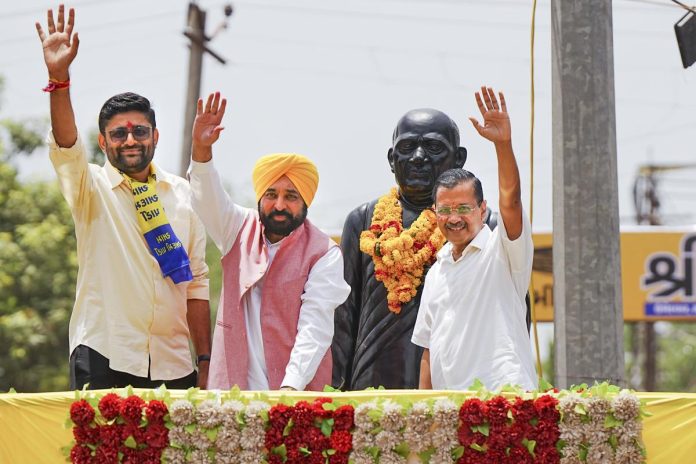Power Shifts and Green Drives: Global Politics and India’s EV Momentum
Global politics news updates continues to witness dynamic shifts as alliances evolve, conflicts intensify, and new leadership patterns emerge on the world stage. From the changing tone of international diplomacy to the economic aftershocks of regional tensions, the political landscape in 2025 is marked by both disruption and recalibration. Meanwhile, in India, the electric vehicle (EV) market is not just expanding—it’s accelerating, with a blend of policy support, consumer interest, and corporate innovation fueling the charge toward a sustainable future.
On the global front, a renewed emphasis on strategic alliances has taken center stage. The political dialogue between the United States and China remains cautious yet significant, focusing on climate commitments, trade agreements, and cyber security frameworks. While the two nations contest influence in Asia-Pacific, diplomatic backchannels have stayed active, ensuring no abrupt breakdown in communication. European nations, meanwhile, are navigating internal challenges, especially around migration policies and economic disparities, even as they push forward with collaborative efforts on energy transition and defense.

In Eastern Europe, the ongoing conflict between Russia and Ukraine continues to affect global energy markets and geopolitical stability. NATO's presence in the region has increased, and the alliance’s posture reflects a longer-term commitment to Eastern European security. The ripple effects of the conflict are not limited to the continent; global food supply chains and oil markets remain under stress, making this conflict a focal point of international diplomacy.
In the Middle East, shifts in leadership and economic reforms are redefining relations among Gulf countries. Saudi Arabia and the UAE have intensified their diversification efforts, investing heavily in non-oil sectors, including technology, sports, and tourism. These developments are helping reshape global investment patterns and creating new avenues for regional influence. Iran’s nuclear talks have resurfaced with cautious optimism, although progress remains fragile.
Turning attention to the Indo-Pacific, India’s growing role as a geopolitical counterweight has been underlined through its increasing defense partnerships and trade discussions with nations like Japan, Australia, and France. As the world looks toward the Global South, India is positioning itself as a voice for emerging economies, emphasizing the need for fair climate finance, digital equity, and South-South cooperation.
Amidst these geopolitical shifts, India’s domestic momentum in the electric vehicle sector is gaining traction. The EV market trend in India, once considered a niche, is now racing toward mainstream adoption. A surge in public awareness about environmental sustainability, coupled with escalating fuel prices, has encouraged more consumers to opt for electric two-wheelers, three-wheelers, and increasingly, electric cars.
Policy incentives such as the FAME II scheme and state-level subsidies have provided a significant push, lowering the initial cost barriers for buyers. The government has also emphasized the development of charging infrastructure, partnering with private players to set up fast-charging networks in urban and semi-urban regions. This has helped alleviate one of the most pressing concerns of EV adoption: range anxiety.
Automakers, both homegrown and international, are actively expanding their EV portfolios. Indian manufacturers like Tata Motors and Mahindra are rolling out models with better range and tech integration, while global giants like Hyundai, Tesla, and BYD are exploring deeper penetration into the Indian market. Startups in the EV ecosystem, particularly in battery technology and fleet electrification, are also drawing robust investor interest.
The synergy between policy, innovation, and consumer preference is shaping a formidable trajectory for the Indian EV landscape. While challenges persist—such as raw material availability for batteries and localized production capabilities—the overarching narrative remains one of progress.
As the world grapples with shifting power equations, and as nations redefine their place in an interconnected world, India’s focus on clean mobility represents a forward-looking approach to development. It is not just a technological transition but a political and environmental statement—one that aligns domestic priorities with global climate imperatives.
.jpg)
.jpg)
Comments
Post a Comment